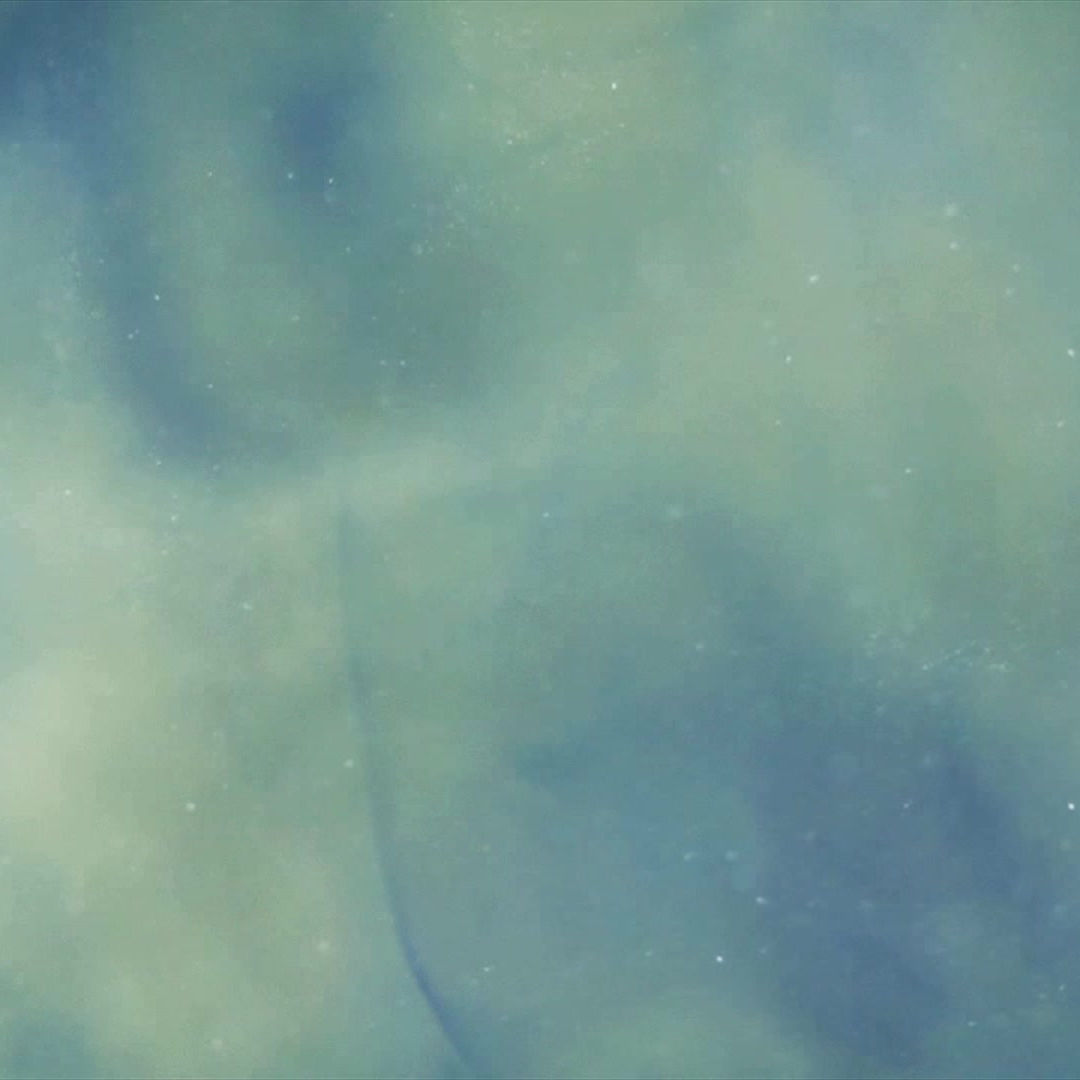


Environmental conservation content
PHUKET BEACH CONSERVANCY
Microplastics in Our Oceans Outnumber the Stars in Our Galaxy
According to UN News, "as many as 51 trillion microplastic particles—500 times more than stars in our galaxy—litter our seas, seriously threatening marine wildlife."
Plastic has infiltrated everything, including the water that you drink and the food that you eat. Since their invention in the 1930s, plastics have been utilised in the manufacture of everyday products. One just has to look at the Great Pacific Garbage Patch to see the extent of their damage since then.
Microplastics are tiny pieces of plastic that were first noticed in the early 1970s but are now widespread in our oceans.
According to a study conducted in Southern Thailand by Turtle Watch, a Finnish marine environmental organisation specialised in marine research on endangered animals as well as environmental awareness, microplastic particles were found on all of the studied beaches apart from one. They were also found at a depth of 10 meters. The particles were mostly composed of polyester and polyethylene. Interestingly, despite the macrolitter, most of the microplastics were not found in the examined sand samples. So where do they go?
Although animals can become entangled in large pieces of plastic, the real danger lies in the ingestion of microplastics, which they mistakenly believe is food. Unfortunately, microplastics have been found from deep sea trenches to the stomachs of marine animals (including the fish that you eat, hence the importance of knowing the source). Furthermore, countless birds die every day from the vast amount of plastic ingested. Once consumed, they can cause gut obstruction, physical injury, fluctuations in oxygen levels in cells in the body, changes in feeding behaviour and lower energy levels, which affects reproduction and growth. How can this be prevented?
It all begins at the surface. Some start as microplastics specifically produced for certain uses, such as microbeads in cosmetic products (shower creams, soaps and face washes), and polyester or polyamide microfibers leaked from the household water after clothing has been washed. According to researchers giving evidence to the UK House of Commons Environmental Audit Committee in 2016, the amount of leaked microfibers in wastewater could be as many as 1900 fibres per item of clothing.
However, most microplastics are thrown away in larger forms such as plastic bottles and polystyrene boxes. Usually less than 5 mm in size, microplastics can be eroded to particles as small as 1–100 nm – nanoplastics. It has been estimated that a total of 15–51 trillion microplastic particles have accumulated in our oceans.
The Phuket Beach Conservancy works with the community, businesses and tourists to protect the beaches and oceans of Phuket.
We are currently fund raising $175.000 to buy and operate a “BeachTech 2000” beach cleaning machine.
While manual beach cleans are capable of removing large pieces of litter from our beaches, the BeachTech 2000 removes smaller plastics and pollutants that cannot be picked up by hand.
Be a part of change; please donate any amount, no matter how small at https://www.justgiving.com/crowdfunding/phuketbeachconservancy